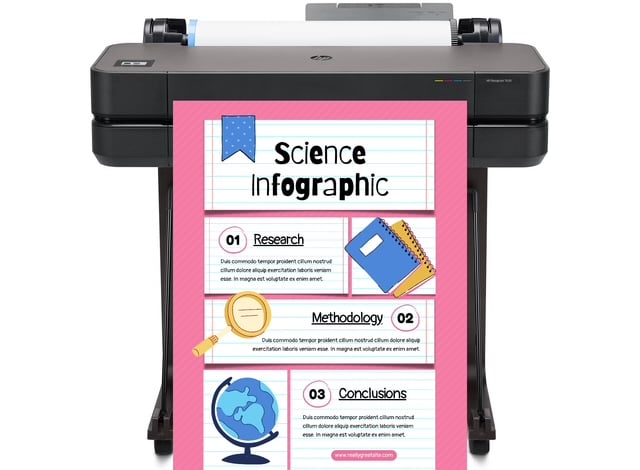
DISCOUNTED EDUCATION PRICING! CALL 1-877-891-8411. We Gladly Accept School Purchase Orders!

The classroom of today looks radically different from the one many of us remember. Gone are the days of dusty chalkboards and overhead projectors. In their place are smart boards, learning management systems (LMS), video collaboration tools, and even artificial intelligence. Yet with all this innovation, one fundamental question remains:
How do we get the most out of using technology in the classroom?
Technology is not a silver bullet. But when thoughtfully integrated, it can boost student engagement, personalize instruction, and help educators become more effective. In this blog, we’ll explore practical strategies, real-world questions, and data-driven insights to help you make the most of your classroom tech.
Let’s begin with the big picture. Why integrate tech at all?
Q: What value does technology add to my teaching?
A: Technology can:
Technology, when used with intention, can create a richer, more inclusive learning environment.
Before adding flashy new tools, consider your core teaching goals.
“What are my students supposed to learn? And how can technology enhance that experience?”
Whether it’s building critical thinking, boosting reading comprehension, or encouraging collaboration, your learning objectives should always guide your tech decisions.
| Learning Goal | Tech Tool | Purpose |
|---|---|---|
| Improve reading fluency | Raz-Kids, Epic! | Adaptive, leveled digital libraries |
| Boost math skills | Prodigy, Khan Academy | Personalized math practice and feedback |
| Encourage collaboration | Google Docs, Padlet | Real-time peer writing & brainstorming |
| Enhance engagement | Kahoot!, Quizizz | Gamified learning and formative checks |
Educators are using a range of ed technologies today, as shown in the chart below.
Highlights:
This data illustrates a growing comfort with educational technology, but also highlights that newer tools like AI are still in early stages of classroom integration.
Let’s tackle a few burning questions educators often ask:
A: Start small. Master one or two tools that directly support your goals. Google Classroom or Seesaw are great entry points for organizing work digitally without overwhelming you.
A: Mix online and offline activities. For example, use a digital simulation in science, then have students journal or create physical models to show what they’ve learned.
A: The key is balance. Technology that aligns with pedagogy and includes feedback mechanisms (like formative quizzes or dashboards) can significantly enhance learning. Avoid tech that adds complexity without clear instructional value.
Many platforms provide real-time analytics on student performance. Use these dashboards to:
🔍 Tools like Edpuzzle, Khan Academy, and IXL offer robust reporting features that can transform how you personalize instruction.
Move beyond passive tech consumption. Encourage students to:
These activities build higher-order thinking and digital communication skills.
Tech use isn’t just about what students do—it’s also about how they do it. Teach students to:
🛡️ Resources like Common Sense Media offer free, ready-to-use lessons on digital literacy.
Collaboration tools deepen learning. Try:
Real-time co-creation strengthens engagement and mirrors how modern workplaces function.
AI is rapidly becoming part of education. Use it for:
⚠️ Always review AI outputs for bias or accuracy before sharing with students.
Your students are your best tech testers.
Ask them:
Co-creating a tech-friendly classroom builds ownership and responsiveness.
Tech doesn’t stand still, and neither should you. Join professional learning networks (PLNs), attend webinars, or follow hashtags like #edtech on social media. However, pace yourself. Focus on quality over quantity.
What’s next for classrooms?
But none of these tools will replace the role of a skilled, caring teacher. Tech is your partner—not your replacement.
The most effective tech-integrated classrooms don’t just digitize old methods—they reimagine what’s possible. When you center student learning and scaffold your tech use with intention, you create space for innovation, agency, and joy. The most impactful tech-integrated classrooms go far beyond simply digitizing traditional teaching methods—they transform the learning experience by reimagining what education can be. Rather than using technology as a replacement, these classrooms use it as a catalyst for deeper engagement, creativity, and connection. When educators thoughtfully center student learning and integrate technology with clear purpose and intentional scaffolding, they create dynamic spaces where innovation thrives, student agency flourishes, and the joy of discovery becomes a central part of everyday learning. Edtech has been a complete game-changer for schools over the last few years.
👩🏫 Reflection Questions for Teachers:
💬 We’d love to hear from you. What’s your favorite classroom tech tool—and why? Share in the comments below.